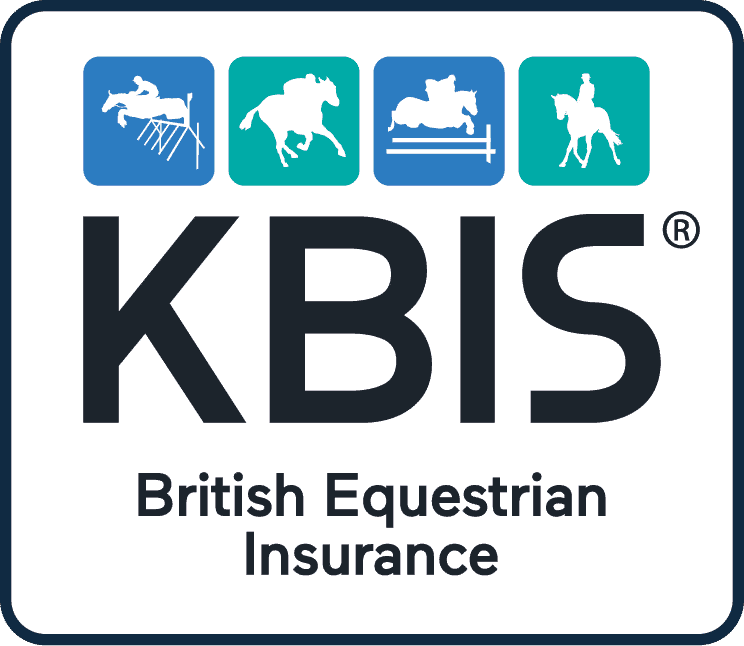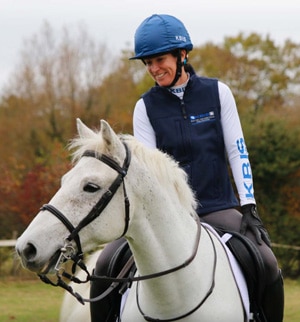The nutritional requirements for individual horses will vary according to many factors such as body weight, condition score, discipline, environmental factors, and workload.
When thinking of your horse’s diet, in particular when increasing workload to intensify fitness, think of what is required to train effectively, compete successfully, and recover efficiently.
Train Effectively
- Some horses start to back off their hard feed once work levels start to increase, especially during a fittening campaign. Horses that do not eat their full intake of hard feed may struggle to develop and maintain fitness levels and are likely to lack topline and muscle. With this in mind, it is worth considering a few points that might make all the difference:
- Does your horse prefer a mix or cube?
- Are you adding a chaff? Is he sorting through the chaff and leaving it or only eating the chaff?
- Are you able to feed little and often throughout the day – rather than offering a large meal?
- Is your horse fussier in the morning or the evening?
- Horses carrying too much weight or with an excitable temperament in the lead up to and through an event, could benefit from a two-part feeding plan. Fed daily on a low intake balancer a more energy dense feed could be introduced to the feed regime to help maintain stamina throughout the event and support recovery thereafter. This flexible feeding routine allows you to offer more calories when needed and then drop back again afterwards. Two-part feeding plans are ideal for competition horses and ponies that need their waistline monitoring whilst ensuring that they have the right amount of energy reserves.
- Feeding a low intake performance balancer, such as our COMPETITION-FIT-BALANCER, ensures the full spectrum of vitamins, minerals and quality protein is provided in only a small quantity of feed. This ensures optimal micronutrient intake without overwhelming the horse with a large quantity of feed. Some feeds also include added flavours, such as mint or blackcurrant, to tempt even the fussiest of horses whilst training and competing. If more energy is required, it sometimes helps to add something like COMPETITION-FIT-MIX which will provide that slow-release energy through fibre and oils in a low starch, low sugar mix.
Horse Insurance Top Tip: Make sure the Class of Use your horse is in covers the level you are training at as well as the activities he is participating in.
Compete Successfully
- Supporting optimal digestion is key to ensuring your horse will have enough energy for competition. To reduce the risk of digestive issues, such as gastric ulcers, whilst ensuring you have enough energy in the tank consider topping up with a low starch performance feed. RE-LEVE-MIX & CUBES® are low in starch and have a high inclusion of ‘super-fibres’ and oil to provide long-lasting energy and to support stamina.
- On the day of the competition, as far as possible try to keep feeding routines as normal as possible. In the event of very early starts, let your horse eat his breakfast. Once you arrive at your destination, ensure that your horse has enough water continually available to them. If your horse is reluctant to drink, try adding a flavouring into the water or feeding a sloppy Re-Covery Mash where the horse has to drink the fluid off the top of the mash to ensure fluids are taken on board.
- Topping up the diet with a digestive aid such as PRO-YEAST will further support optimal digestion, and in turn energy generation without increasing the meal size.
Horse Insurance Top Tip: Trying something new? Contact your insurers and see whether you can increase the Class of Use for a day initially. This allows you to try the new activity with peace of mind your horse is still covered, without having to commit to increasing it for the remainder of the policy period if you may not need to.
Recover Efficiently
- Antioxidants are a key component of the diet when it comes to supporting recovery. It is their job to protect against free radicals which cause damage to cells. Optimal antioxidant inclusions in the feed will help to support muscle recovery, as well as general immune function and health.
- It is also important to think about electrolyte supplementation. Adding an electrolyte supplement to your horse’s feed will help slowly deliver sodium and other key electrolytes such as chloride, potassium, and magnesium to match and replace what is lost in sweat. When horses sweat, they lose electrolytes, as well as water, which can cause early muscle fatigue, reduced stamina, muscle cramps, dehydration and slow recovery rates. Feeding a sloppy bucket of RE-COVERY Mash after travelling and strenuous exercise will also help to increase the natural thirst response, reducing the risk of poor recovery rates due to dehydration.
- Once at home the best option is to turn your horse out on to some good grass and let him unwind before feeding etc. You may need to use a rug depending upon weather conditions to prevent him from getting a chill. Time in the paddock after a long journey not only helps to relax tense muscles but also encourages better water intake and appetite stimulation.
- Don’t forget to weigh your horse on arrival home so that you can strategically feed to replace energy and nutrient stores.
- If your horse is going to have some time off then remember to reduce his concentrate feed if he is on a high energy cereal based feed. If he is on a fibre based diet and can be turned out then he can remain on full rations.
Horse Insurance Top Tip: If your horse is having a holiday for a long period of time, give your insurers a call and see if you can reduce your horse’s Class of Use for this period – doing this may save you money.
If you would like further information on creating a feeding plan for the season visit Saracen Horse Feeds.


